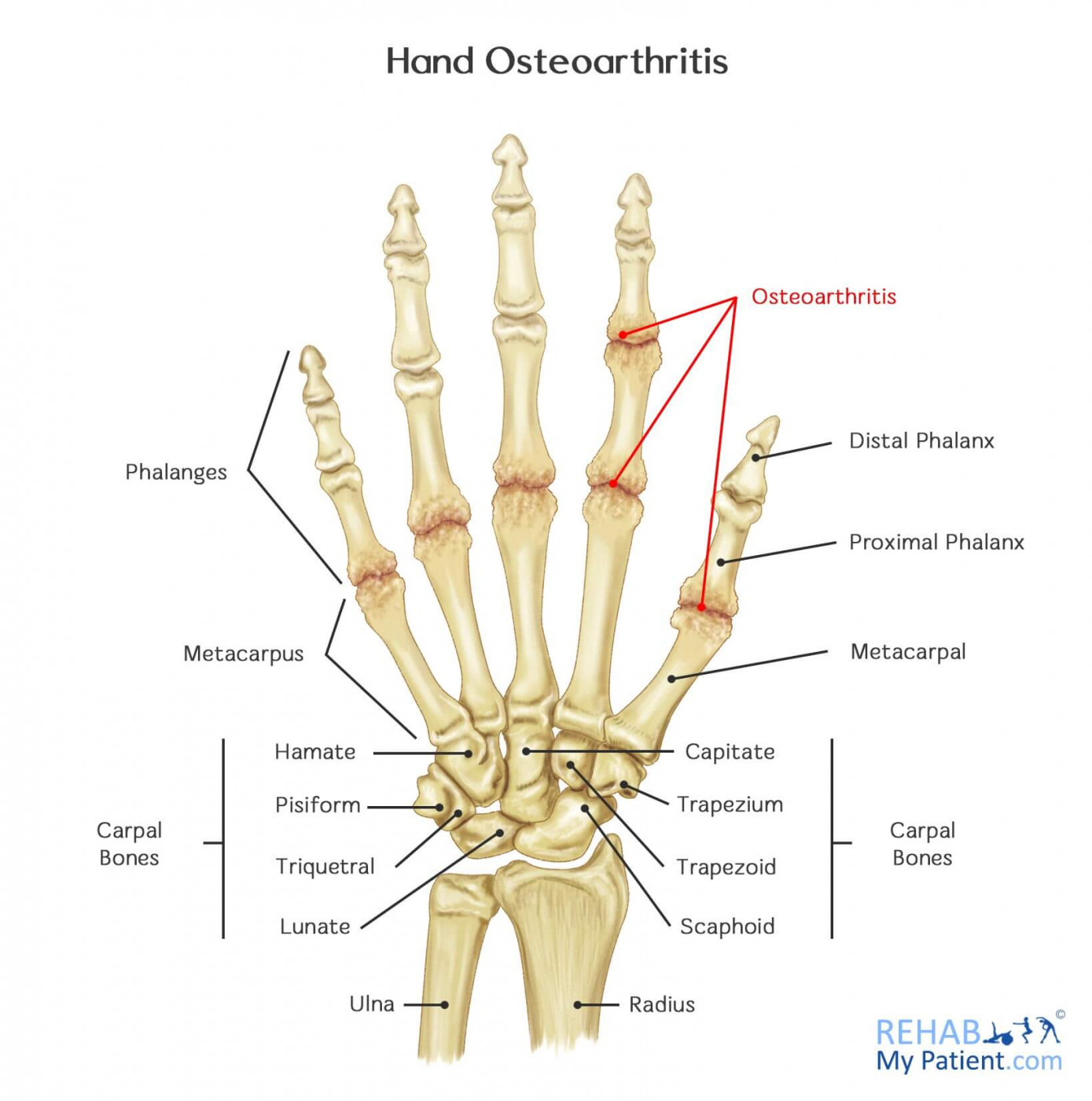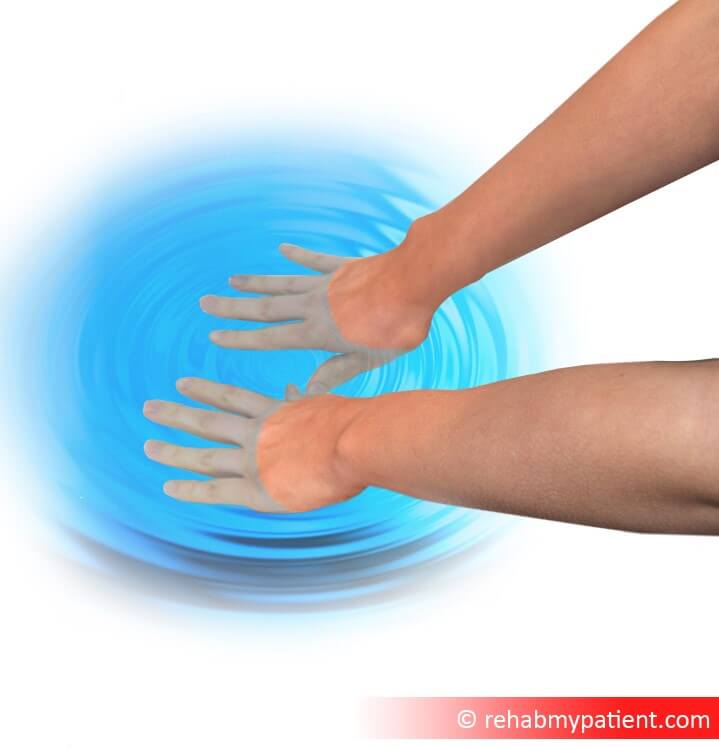Hand Osteoarthritis
Opublikowano dnia 16th Mar 2018 / Opublikowano w: Ręka/Palce/Kciuk , Nadgarstek

Osteoarthritis tends to be one of the most common forms of arthritis. It affects millions of individuals from around the world. Often known as wear-and-tear arthritis, osteoarthritis tends to occur when the protective cartilage along the ends of the bones ends up wearing down over the course of time.
Even though the condition can end up damaging any of the joints within your body, it most commonly affects the joints within the hands, neck, hips, knees and lower back. The condition tends to get worse as time progresses. At the time, no cure is in existence. Thanks to treatments, you can work to slow the disease progression, improve joint function and relieve pain.
Arthritis is a degenerative condition, so it tends to get worse with time. However, it can still be very cleverly managed and its progression can be slowed or stopped. Hand osteoarthritis is commonly caused by overuse to the hands, but it can be mistaken for rheumatoid arthritis that can cause painful nobly swollen fingers and hands.
Hand Osteoarthritis Anatomy
The anatomy within the hand is quite complicated, with lots of small bones, joints and ligaments. Its integrity is imperative for individuals to be able to go through life on a regular basis and engage in normal activities, although historically important for tools, gathering and gripping. Hands can be affected by any number of disorders, but often from degenerative conditions as one ages.

Multiple small joints work together to allow movement in the hand. This provides you with the fine movement needed for threading a needle or tying a shoelace. When your joints are affected by osteoarthritis, regular daily activities prove to be quite difficult. The condition can occur in multiple areas of the hand.
The bones tend to get larger with arthritis as more bone is laid down to the areas degenerating. Osteophytes and bone spurs can also form. The joints tend to stiffen up and can also swell.
How to Treat Hand Osteoarthritis:
- Medication
Medications can help to treat symptoms, but they cannot reverse damage to the joints or restore cartilage. An anti-inflammatory medication helps to stop the body from producing the chemicals that attribute to pain and swelling in the joint but it’s only a short term solution. You should discuss what options are available to you with your doctor.
- Supplements
Chondroitin and glucosamine are some possible supplements you can try. These compounds are building blocks for your cartilage. Supplements high in omega 3 can reduce inflammation, and some people find cod liver oil to be useful.
- Injections
When an anti-inflammatory treatment isn’t effective, injections might be needed. These often contain a long-acting anesthetic, which is similar to novacaine, but it lasts a lot longer. Steroids can provide you with relief anywhere from a few weeks to months at a time. Since they can only be repeated for a certain amount of times, you might have to seek additional treatment options. They can cause the skin to tighten, infection to occur and the ligaments and tendons to weaken with extended use.
- Splinting
Injections tend to be accompanied with a splint on the affected joint. Splints work to support the affected joint and help to relieve stress that is placed on it by activities. Splints are often worn during periods of joint injuries. They need to be small enough to allow the hand to function properly when they are being used. You don’t want to wear the splint for too long or it could cause muscle atrophy.
- Contrast Bathing
Using alternating heat and cold in a basin can be very effective at reducing inflammation and it’s completely natural. Also hot wax hand bathing might help.

Tips:
- The risk of osteoarthritis tends to increase with age.
- Women tend to be more likely to develop the condition than their male counterparts are.
- Years of heavy use of the hands tends to cause more problems.
- Injuries from an accident can increase the risk of osteoarthritis, especially if you have previously broken a finger, or wrist.
Zapisać się
Zarejestruj się już teraz, aby skorzystać z bezpłatnego okresu próbnego!
Zacznij korzystać z Rehab My Patient już dziś i zrewolucjonizuj proces przepisywania ćwiczeń, aby zapewnić sobie skuteczną rehabilitację.
Rozpocznij 14-dniowy bezpłatny okres próbny